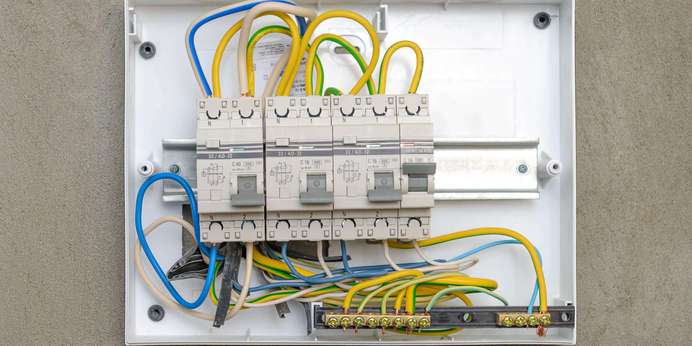
A company producing opaque plastic enclosures relies on color consistency across batches to reflect its brand. If this applies to you, here are five of the most important things to know about opaque color measuring.
1. Opaque Plastic Enclosures Can Be Glossy or Hazy
Depending on a company's preference, their plastic enclosures can have a glossy, semi-gloss, or matte finish. This finish can affect the color measurement and product appearance under several conditions, especially in different lighting. Glossy finishes can range from high to low, and you must be aware of which type you are measuring to maintain consistency.
2. Opaque Colors Require Geometry
Solid opaque colors have a specific measurement geometry. Opaque plastic is measured by two standards of geometry measurement to ensure product consistency:
- 45/0-degree and 0/45-degree directional, annular and circumferential
- Diffuse d/8


